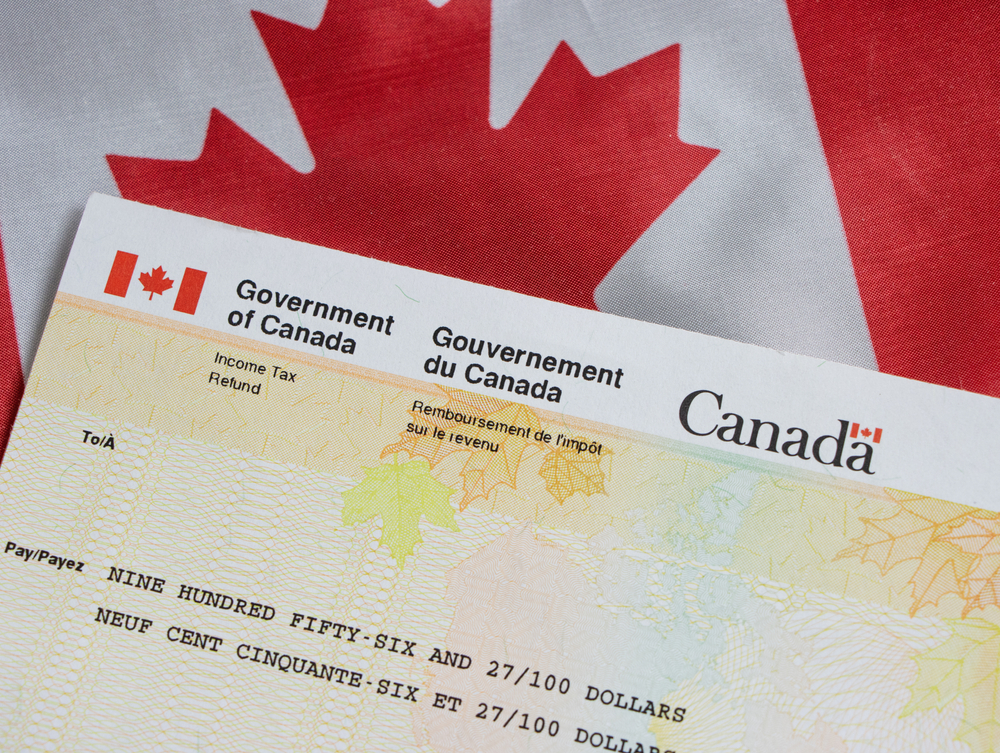What Remains the Same?
Alongside the new plans, IRCC also reaffirms many of its existing policies and commitments, including:
- Express Entry category based selection continues to favor candidates with strong backgrounds in healthcare, education, and trades, as well as French-speaking candidates.
- At least 40% of Permanent Residency admissions will be assigned to people already living in Canada under temporary status.
- Partnering with provinces and territories to incorporate temporary public policy that allows PNP candidates to acquire special work permits while still pursuing Permanent Residency through the Provincial Nominee Program.
- Family sponsorship applications will be processed much faster, especially for applicants outside Canada.
- Reducing the number of Labor Market Impact Assessment (LMIA)-based work permits to approximately 80000-84000, a significant drop from 184OOO in 2023.
- Temporary residency levels will reduce to 5% of the country’s total population, while the annual resident admissions are limited to 1% of Canada’s total population.
- The intake cap for the study permit application remains.
- Up to 8.5% of admitted French speaking PRs will settle outside Quebec
 Increase the funding of settlement services as a way to integrate more new PRs into the Canadian society, culture, and economy. Funding will also be channeled to new support programs, including settlement services and enhanced online passport renewal operations.
Increase the funding of settlement services as a way to integrate more new PRs into the Canadian society, culture, and economy. Funding will also be channeled to new support programs, including settlement services and enhanced online passport renewal operations.- Targets and Expected Outcomes
- IRCC has ambitious targets for the upcoming year. These include:
- At least 80% of all application types are reviewed and processed within standard timeframes.
- At least a 90% client satisfaction rate
- At the end of every fiscal year, at least 65% of Canadians will support these current immigration levels. This represents a significant increase from 50% in 2024-2022, and a decrease from 67% in 2021-2022.
Economic contributions from international students, among other visitors, are expected to hit at least $36 billion annually.
Why are These Changes Happening Now?
In 2024, the federal government began reducing immigration levels due to increased demands for healthcare, housing, and social services. This came with numerous changes, including limiting the eligibility for SOWPs and PGWPs and putting new caps on study permit applications for processing. A moratorium was imposed on the processing of low-wage LMIAs, particularly in census metropolitan areas where the unemployment rate exceeds 6%.
The 2025-2027 Immigration Levels Plan was a clear indication of this shift when the federal government cut overall permanent resident admissions by approximately 20%. It is also the first plan to incorporate targets for net new temporary resident admissions. Additionally, the Canadian federal government made it clear that provinces must issue at least 75% of their PNP nominations to candidates already living in Canada.
Final Thoughts
The Canadian immigration system is going through major changes as it strives to be more strategic, inclusive, and sustainable. And with the new work permit stream on the way, be sure to look out for new and exciting opportunities, especially if you desire to build a future in one of the key sectors that Canada depends on.






